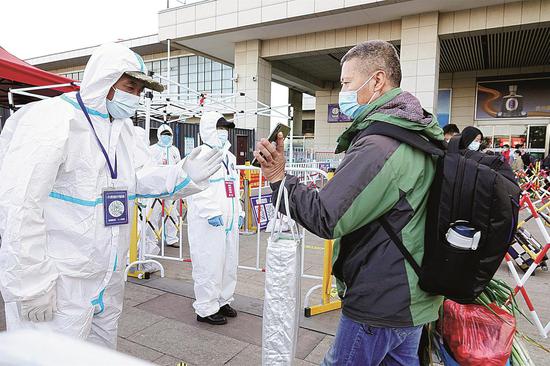
An epidemic control worker checks a passenger's health code at a railway station exit in Yantai, Shandong province, on Monday. The latest COVID-19 outbreak has affected 16 provincial-level regions nationwide. (TANG KE/FOR CHINA DAILY)
Experts expressed confidence that sporadic COVID-19 outbreaks in China's northwestern and northeastern regions can be effectively controlled in about a month with government efforts.
Zhong Nanshan, an academician at the Chinese Academy of Engineering and a leading expert in China's respiratory disease research, said in an interview with China Global Television Network on Monday that China will continue to pursue a zero-transmission policy against the coronavirus, as the global fatality rate of 2 percent for COVID-19 is still too high.
The recent outbreaks on the Chinese mainland have affected 16 provincial-level regions, according to the Beijing Health Commission.
Sporadic outbreaks caused by imported COVID-19 cases are normal after China lifted curbs for international travelers, said Zhong. "And I think the zero-transmission policy will remain in place for a long time. Exactly how long depends on the global and regional COVID-19 control situations in coming months," he said.
He added that China's zero-tolerance strategy doesn't cost too much and is a relatively low-cost approach, because letting the virus spread would cost more.
Heilongjiang province reported 27 new locally transmitted confirmed COVID-19 cases on Monday.
Among the cases, 26 were found in the city of Heihe, and the other one was in Harbin, the provincial capital. Since the first case in the latest outbreak was reported in Heihe on Oct 27, the city has reported 105 cases, the provincial health commission said on Tuesday.
Genome sequencing found that the Heihe outbreak involved the imported Delta variant, according to the local health commission.
The COVID-19 risk level of a residential community in Aihui district of Heihe was raised from medium to high starting at 10 am on Tuesday, the city's epidemic prevention and control headquarters said on Tuesday.
The district has been put under a lockdown, officials said at a news conference on Tuesday, adding that around 15,000 staff workers, including civil servants and volunteers, have participated in epidemic prevention and control work.
When Wang Miao heard that volunteers were being recruited for epidemic prevention and control at the beginning of the outbreak, she immediately submitted an application.
After being accepted, Wang, 29, a civil servant, was assigned to a checkpoint of a residential community.
"I usually keep my position from 6 am to 12 am," she said. "Together with the community staff and other volunteers, I am responsible for patrolling, checking temperatures and assisting nucleic acid testing.
"During the past days' work, we have received great support from the residents, which made us feel quite warm even on the cold days," she said. "We all have the confidence to overcome the epidemic soon."
Cluster reported in Beijing
On Tuesday morning, Beijing reported a COVID-19 family cluster of four, and the risk level of the residential community was raised to medium afterward, Pang Xinghuo, deputy director of the Beijing Center for Disease Control and Prevention, said at a news conference on Tuesday.
Chaoyang district, where the four patients-a couple, their daughter and the daughter's grandmother-work and study, had triggered an emergency response on Monday afternoon, when the local authority received information of the potential risk.
Up to 16 schools in the district suspended on-campus classes starting on Tuesday.
Two major schools-a primary school and a middle school-conducted nucleic acid testing for all teachers and students.
By Tuesday morning, 596 people from the primary school and 1,329 people from the middle school had tested negative. The remaining people were waiting for results.












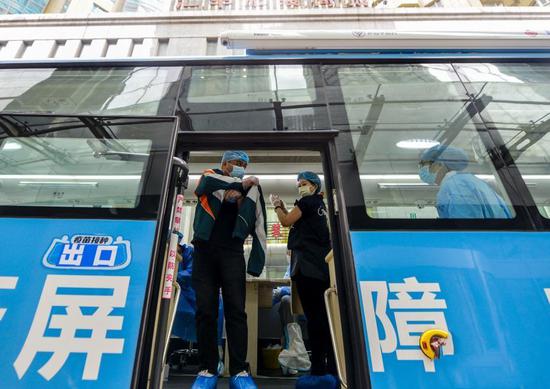










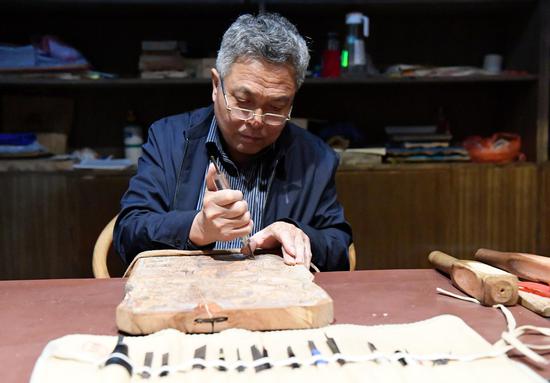



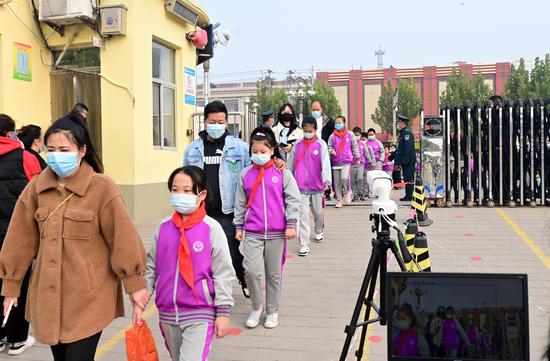




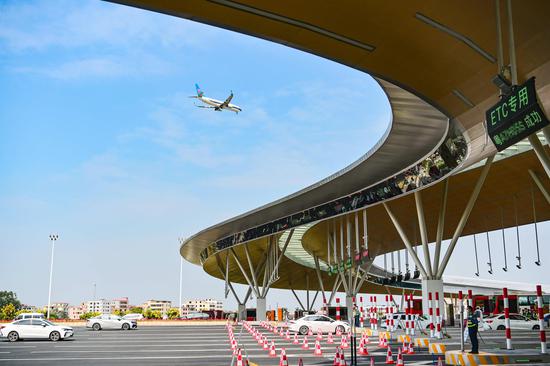






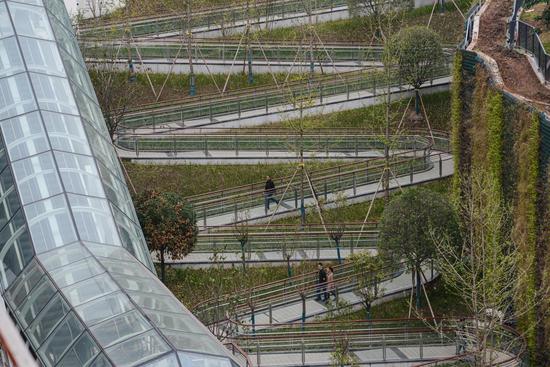






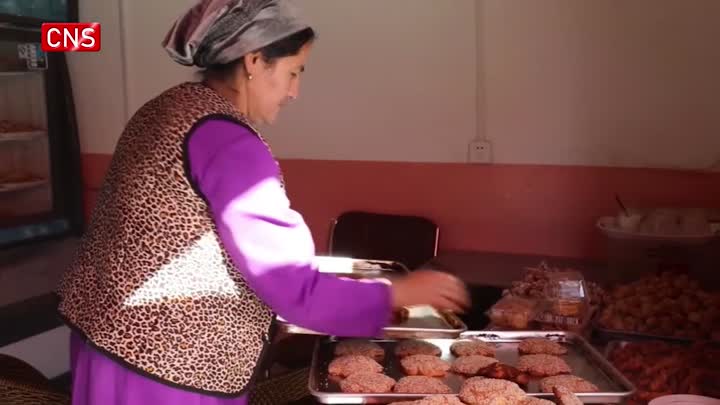



 京公网安备 11010202009201号
京公网安备 11010202009201号